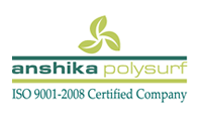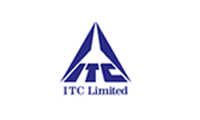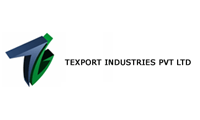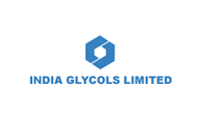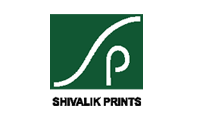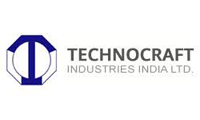Effluent Treatment Plant (ETP)
ETP it is a type of industrial waste water treatment method to purify industrial waste for reuse or for discharge. Effluent from different industries contain various materials, depending on the industry. Some effluents contain oil and grease and some contain toxic materials. Effluent from automobile industry contain heavy metals and effluent from food and beverages industries contain degradable organic pollutant. Since industrial waste water contain various type of impurities therefore specific treatment technology is required for each industry. ETP plant works on different level and involves primary treatment, biological treatment, filtration and tertiary treatment.

As per all of you know that Hyperfiltration is one of the best Effluent Treatment Plant manufacturers in India who is implementing Effluent Treatment Plant in both areas like municipal corporations as well as in industrial locations. Effluent Treatment Plant is responsible to remove harmful pathogens, clear hazardous chemicals, detergents, and toxins
An Effluent Treatment Plant (ETP) or Waste Water Treatment Plant (WWTP) could be a unit plant wherever varied physical, biological and chemical processes are accustomed amendment the properties of the waste water by removing harmful substances to show it into a kind of water that may be safely discharged into the setting.
Textile coloring laundry industries would like immense amount of water for textile coloring and laundry section, that they commonly pump out repeatedly from the bottom water sources, leading to depletion of spring water level. Within the coloring method textile industries generate immense amount of harmful effluent containing colors, sulfate, common salt, caustic soda and traces of different salts. These are generated when coloring and laundry of garment materials. When coloring the waste water created is termed Dye water and when laundry the waste water generated is termed wash water. Dye tub contains higher solids that vary 4-5% whereas wash water contains solely 0.5-1.0 % solids.
The existence of waste water and also they would like for sewer water treatment isn't a replacement downside. Sewer water is usually looked upon as a negative resource, each from Associate in Nursing aesthetic perspective and sense of its characteristic unhealthy odor. Of larger importance once considering the necessity for treatment is that the undeniable fact that untreated sewer water light-emitting diode into a natural water body represent an excellent hazard for the setting and a health risk for human and animal life. The environmental risk is especially thanks to overloading of physical Associate in Nursing chemical parts related to human action into a formation.
Advantages of ETP
To purify industrial effluent to reuse or discharge
To reduce use of fresh water in industries
To save water bodies from pollution
To meet the standards for water discharge set by PCB & avoid heavy penalty
